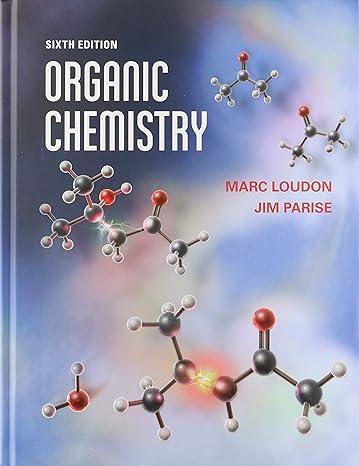Answered step by step
Verified Expert Solution
Question
1 Approved Answer
The following Question comes from Forecasting:Principles and Practice 3rd Edition Chapter 5.11 Exc12: tourismcontains quarterly visitor nights (in thousands) from 1998 to 2017 for 76
The following Question comes from Forecasting:Principles and Practice 3rd Edition Chapter 5.11 Exc12:
tourismcontains quarterly visitor nights (in thousands) from 1998 to 2017 for 76 regions of Australia.
- Extract data from the Gold Coast region usingfilter()and aggregate total overnight trips (sum overPurpose) usingsummarise(). Call this new datasetgc_tourism.
- Usingslice()orfilter(), create three training sets for this data excluding the last 1, 2 and 3 years. For example,gc_train_1 <- gc_tourism %>% slice(1:(n()-4)).
- Compute one year of forecasts for each training set using the Seasonal nave (SNAIVE()) method. Call thesegc_fc_1,gc_fc_2andgc_fc_3, respectively.
- Useaccuracy()to compare the test set forecast accuracy using MAPE. Comment on these.
Step by Step Solution
There are 3 Steps involved in it
Step: 1

Get Instant Access with AI-Powered Solutions
See step-by-step solutions with expert insights and AI powered tools for academic success
Step: 2

Step: 3

Ace Your Homework with AI
Get the answers you need in no time with our AI-driven, step-by-step assistance
Get Started


